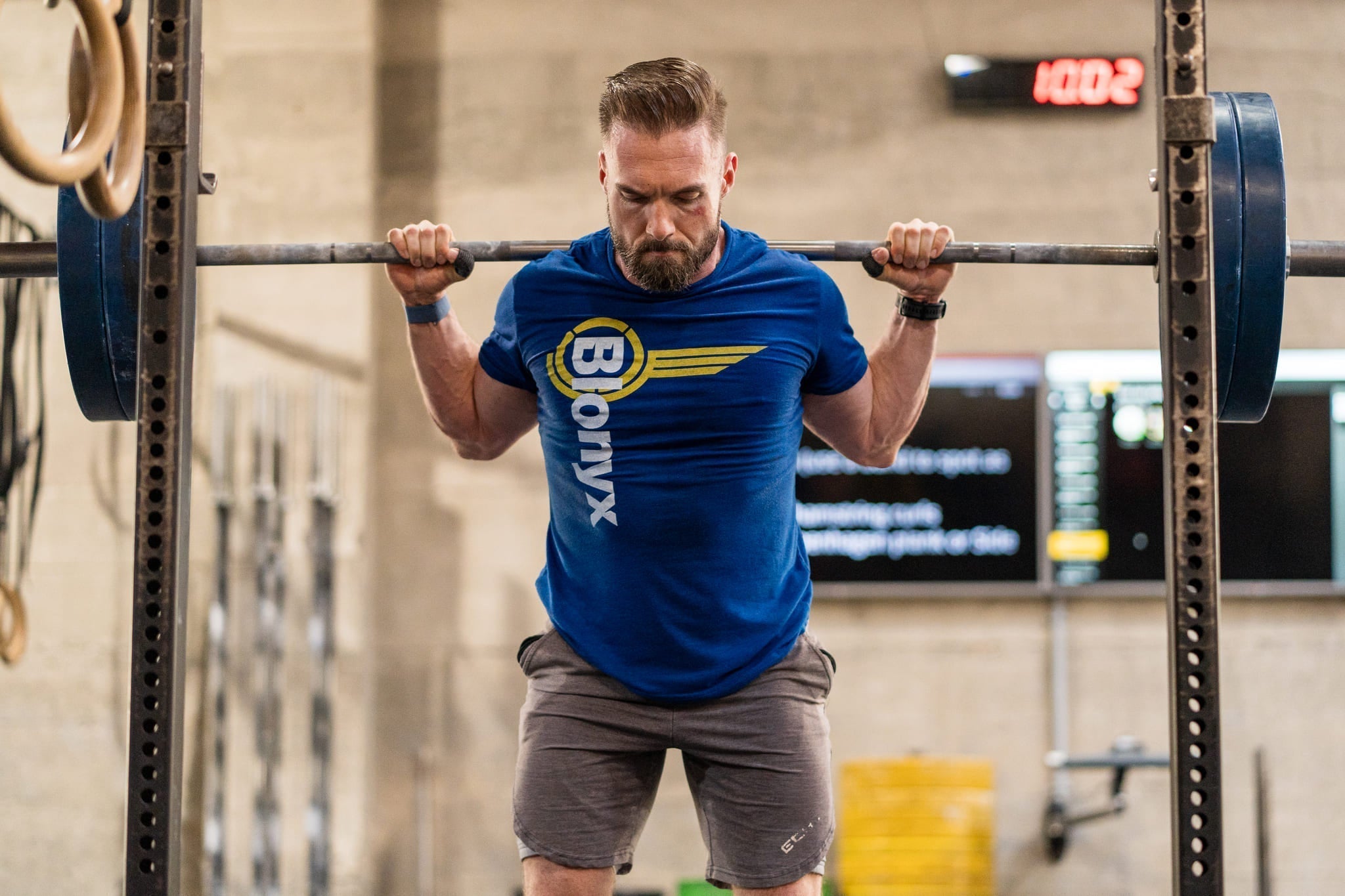Welcome to my weekly summary of the latest research from the world of sports science!
This week's research roundup looks into how eccentric training can improve strength with less fatigue, what heart rate recovery says about your endurance capacity, and how HIIT workouts may sharpen your brain even as they fatigue your body. These insights can help optimize your performance across training, recovery, and competition—read on!
Eccentric Lifting Effectively Builds Strength and Endurance
This study explored how different weightlifting techniques—lowering the weight only (eccentric), lifting the weight only (concentric), or doing both (conventional)—affect performance in exercises like arm curls, bench press, and back squats. Participants demonstrated greater strength and performed more repetitions before fatigue when engaging in eccentric-only movements. Focusing solely on the lowering phase of a lift enabled participants to handle heavier loads with prolonged endurance, suggesting that eccentric-only training could be particularly effective for building strength and endurance with less fatigue.
My thoughts: Eccentric training is a powerful tool for rapidly increasing muscle strength and power. However, it's also notorious for causing significant muscle soreness and potential training-related damage. In my experience, it's best utilized during the off-season when there's ample time for recovery. To mitigate muscle damage, incorporating HMB supplements like HMB+ Creatine and HMB Sport can be beneficial when undertaking eccentric training.
Faster Heart Rate Recovery Indicates Better Endurance
This study found that cyclists with faster heart rate recovery and quicker heart rate responses performed better in 10-minute time trials—a key marker of sustained power and fitness. A quicker return to resting heart rate after hard intervals indicates better cardiovascular fitness and endurance. Conversely, if your heart rate takes longer to rise or recover, you might be carrying fatigue, suggesting a need to adjust training or recovery. Tracking these heart rate patterns over time can serve as a practical tool for assessing training progress and readiness.
My thoughts: I recall an experiment during my school days where we ran around and then measured how quickly our heart rates returned to normal. The teacher emphasized that a faster recovery signified better fitness. I intended to monitor this regularly but never did. Now, I'm considering tracking HRR to observe differences between periods of overtraining and feeling fresh.
HIIT Enhances Mental Sharpness Despite Physical Fatigue

This study examined how high-intensity interval training (HIIT) affects both physical and cognitive performance in elite handball players. After performing repeated sprints, athletes experienced a decrease in leg power, which persisted for up to 48 hours. By contrast, their cognitive functions, such as thinking speed and mental accuracy, improved after the workout and stayed enhanced even two days later. Quick reaction abilities also improved by the 48-hour mark, while memory and concentration remained stable. While HIIT may lead to temporary physical fatigue, it can simultaneously enhance mental sharpness and reaction time, indicating that physical and cognitive recovery may follow different timelines.
My thoughts: This study is intriguing as it examines both the physical and mental impacts of interval training. I often engage in HIIT due to time constraints and have noticed that it can leave me feeling either completely exhausted or mentally invigorated. For me, maintaining an intensity of about 80-90%—avoiding excessive lactic acid buildup—strikes the right balance. Pushing too hard can lead to prolonged fatigue. Speaking of lactic acid buildup—Beta Alanine will help you delay it and maintain your intensity for longer.
That’s all for this week! If you learned something new and are curious to know more, head over to the Blonyx Blog or my growing list of weekly research summaries where I help you further improve your athletic performance by keeping you up to date on the latest findings from the world of sports science.
– Train hard!
Looking for more ways to keep up with Blonyx?
Now, you can join the Blonyx Strava Club to track your progress, share training tips, and connect with athletes who share your athletic ambition.
You can also follow us on Instagram and Facebook for additional sports science information, announcements, exciting giveaways, and more!



